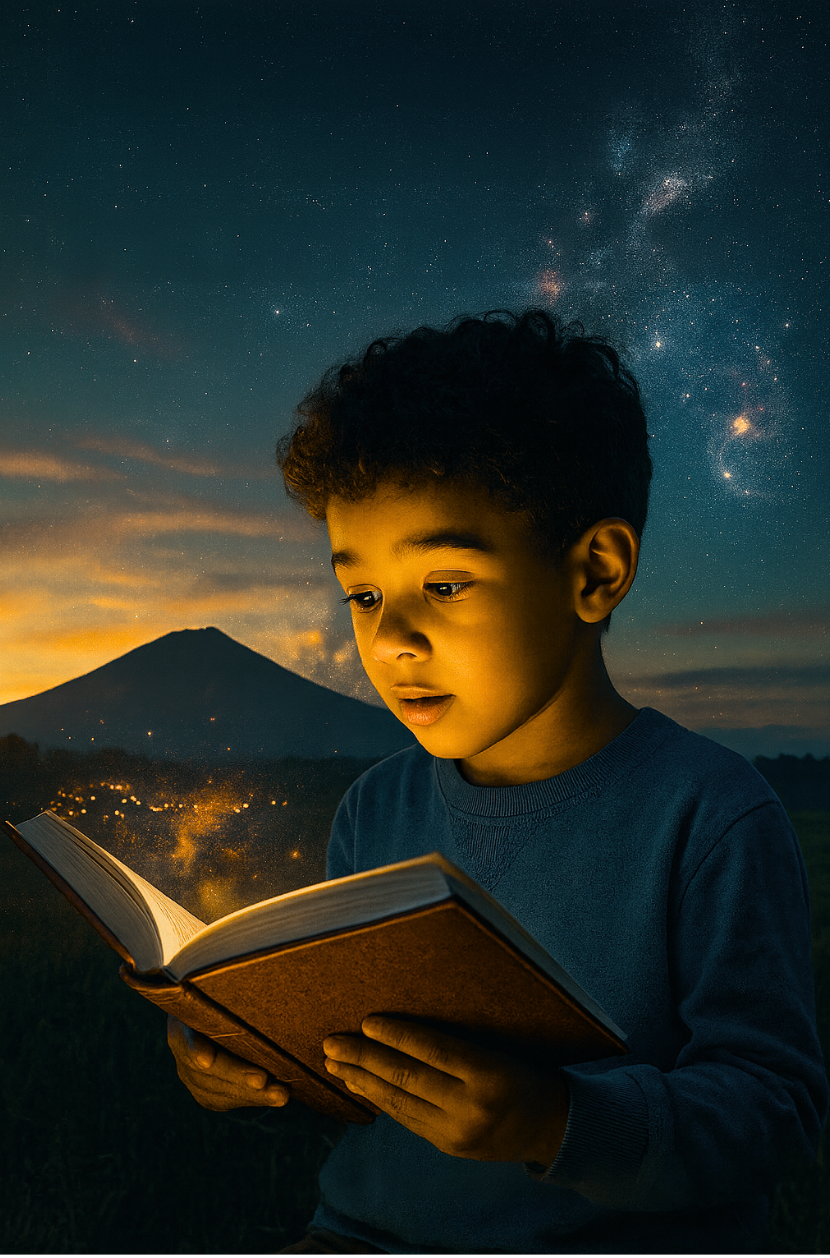London & Bali: How Environments Shape How We Teach and Learn
- Sophia Anne-Marie Miller
- Aug 6
- 3 min read
By Sophia Anne-Marie Miller

I was educated in London through high expectations, heavy uniforms, and the unspoken curriculum of competition. I learned to write essays, sit exams, and generally be clever in a way that was legible to adults. I also learned how to mask my messiness. To measure my worth through output. To push through, ignoring when everything in my body said pause.
Later, I became a teacher in London, working in classrooms that were highly structured and outcome-driven and often under pressure, even from the age of 4. I saw students thrive in the clarity of containment, the ambition, and the momentum. I also saw anxiety begin to bloom young. I saw wonder start to wither in the rush to perform.
Then I moved to Bali.
And everything slowed down.
Two Worlds, Two Rhythms
In Bali, I began working with expat families, children who’d grown up across countries, outside of systems, shaped by travel and openness and often a deep spiritual curiosity. Sometimes, they were truly real life Mowglis. The classrooms were homes. The uniforms were swimsuits. The lines between learning and life were blurred, beautifully.
Here, I saw the strengths that London had often left behind: Flexibility. Play. Emotional fluency. Children who could pause mid-lesson to tend to a friend’s tears. Who saw learning not as pressure, but possibility.
But I also saw gaps. Difficulty with structure. Resistance to challenge. An occasional romanticism of “freedom” that didn’t always teach follow-through.
Just like in London, something essential was present… and something was missing.
The Myth of the One Right Way
Education systems—like most geo-political landscapes—often sell us binaries: structure or freedom, rigour or creativity, tradition or innovation.
This kind of black-and-white thinking isn’t accidental. It mirrors a wider cultural pattern—an instinct to simplify complexity, to categorise people, values, and ideas into clean opposites. But learning, like life, rarely fits inside those extremes. It happens in the tension between them. In the messy, nuanced middle.
In London, I saw how structure could give students a container to rise inside of; but also how it could suffocate. In Bali, I saw how creativity could unlock potential, but also how a lack of boundaries could leave children floating without direction.
There’s no better or worse in how we learn. Only difference. And difference is where the real learning begins.
The Harmonious Middle
At Miller & Co, we draw from both.We believe in the discipline of reflection .In the freedom of structure. In cultivating curiosity and consistency.
We help London-style students unlearn the fear of getting it wrong.We help Bali-style students practice staying with something even when it’s hard.
We don’t want to mould children to recite facts without presence.Nor children who feel ‘good’ but can’t finish a sentence.
We want whole humans: Grounded, expressive, resilient, engaged.
What Each World Has Taught Me
From London, I learned: – Precision is powerful – Preparation matters – Containment can be kind
From Bali, I learned: – Presence is everything – The body is part of the lesson – Joy is not a distraction; it’s the point
...
Some days I still catch myself reverting to either extreme: over-scheduling, or letting everything drift.
But slowly, I’m learning to live and teach in the middle.To build systems that support softness.To teach children that they can be both grounded and wild.
Because the best education isn’t either/or.It’s yes, and.
— Sophia



תגובות